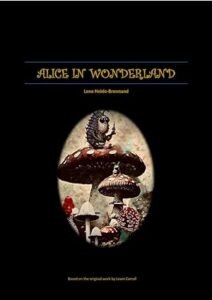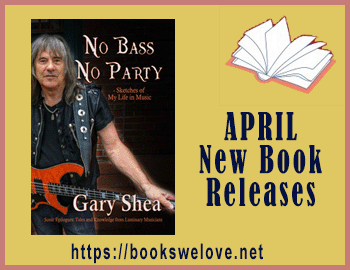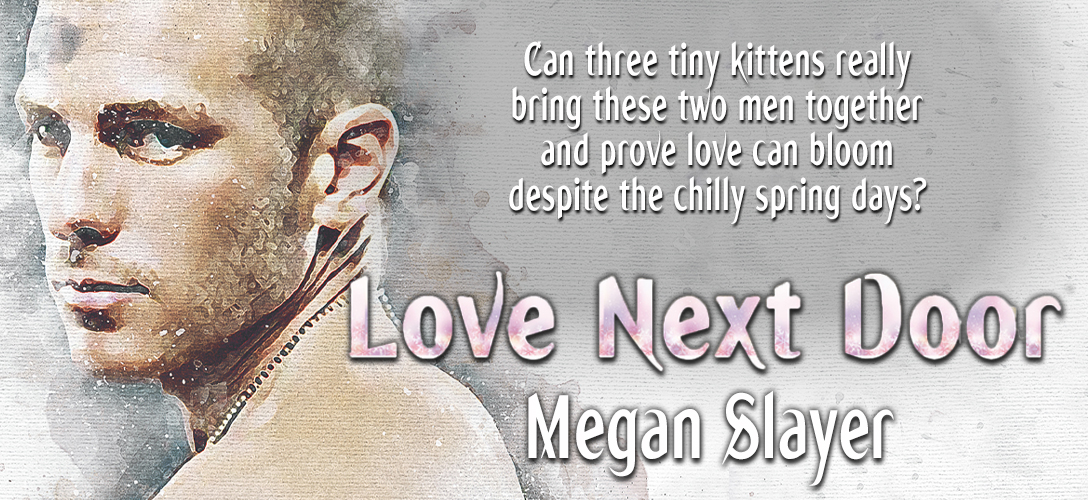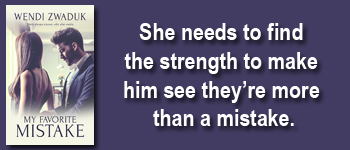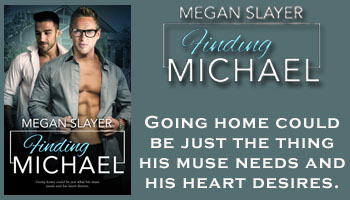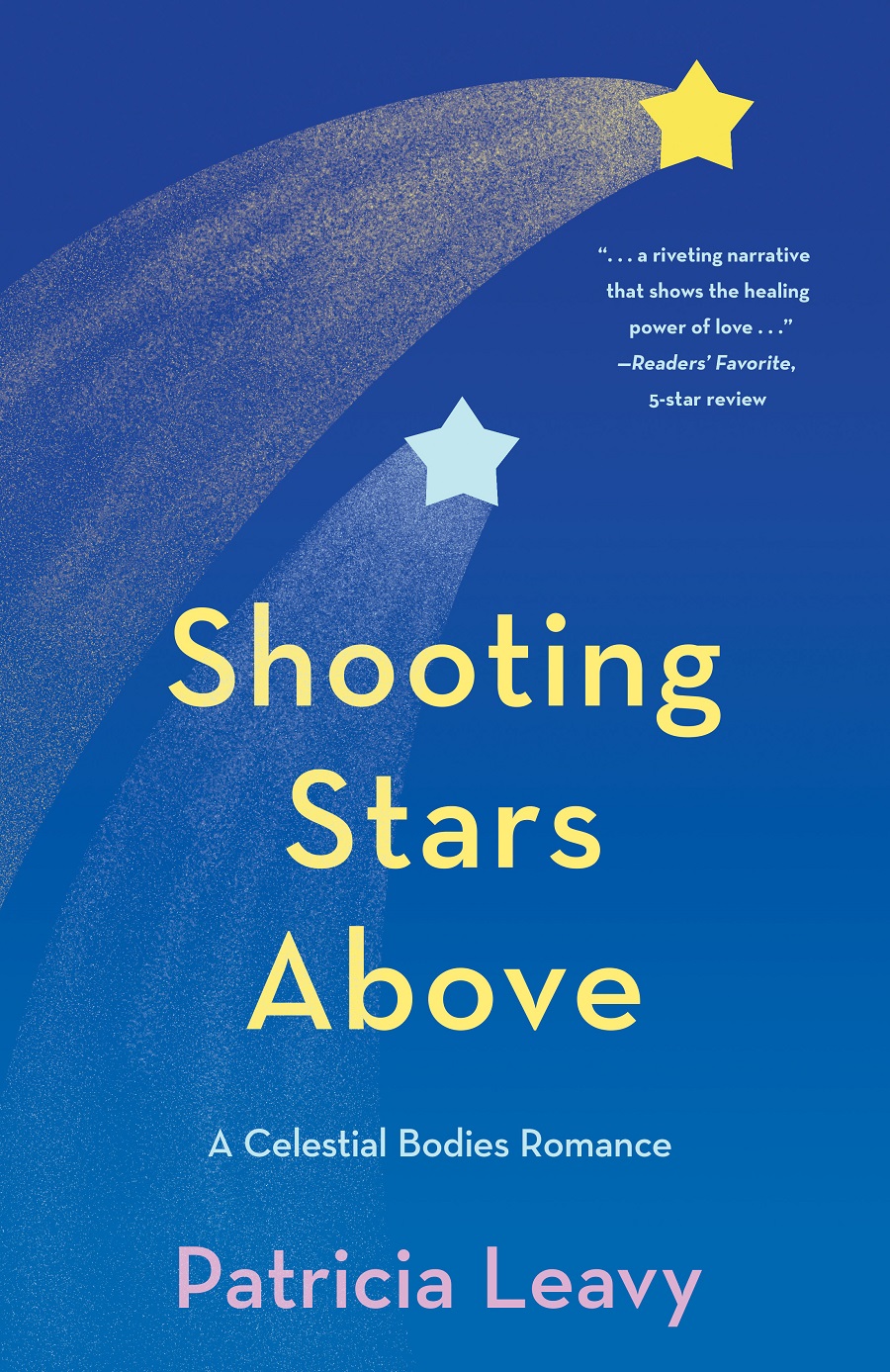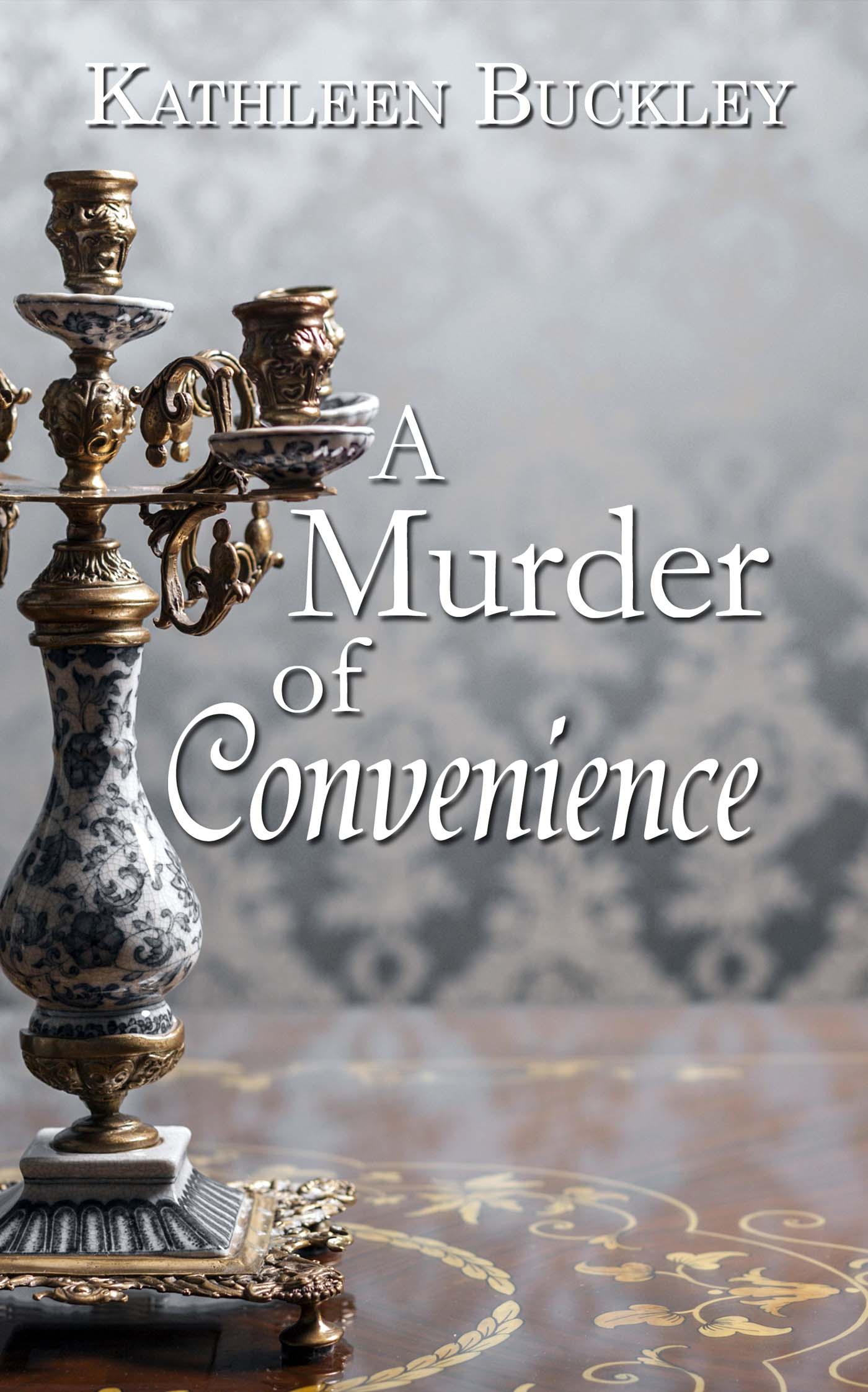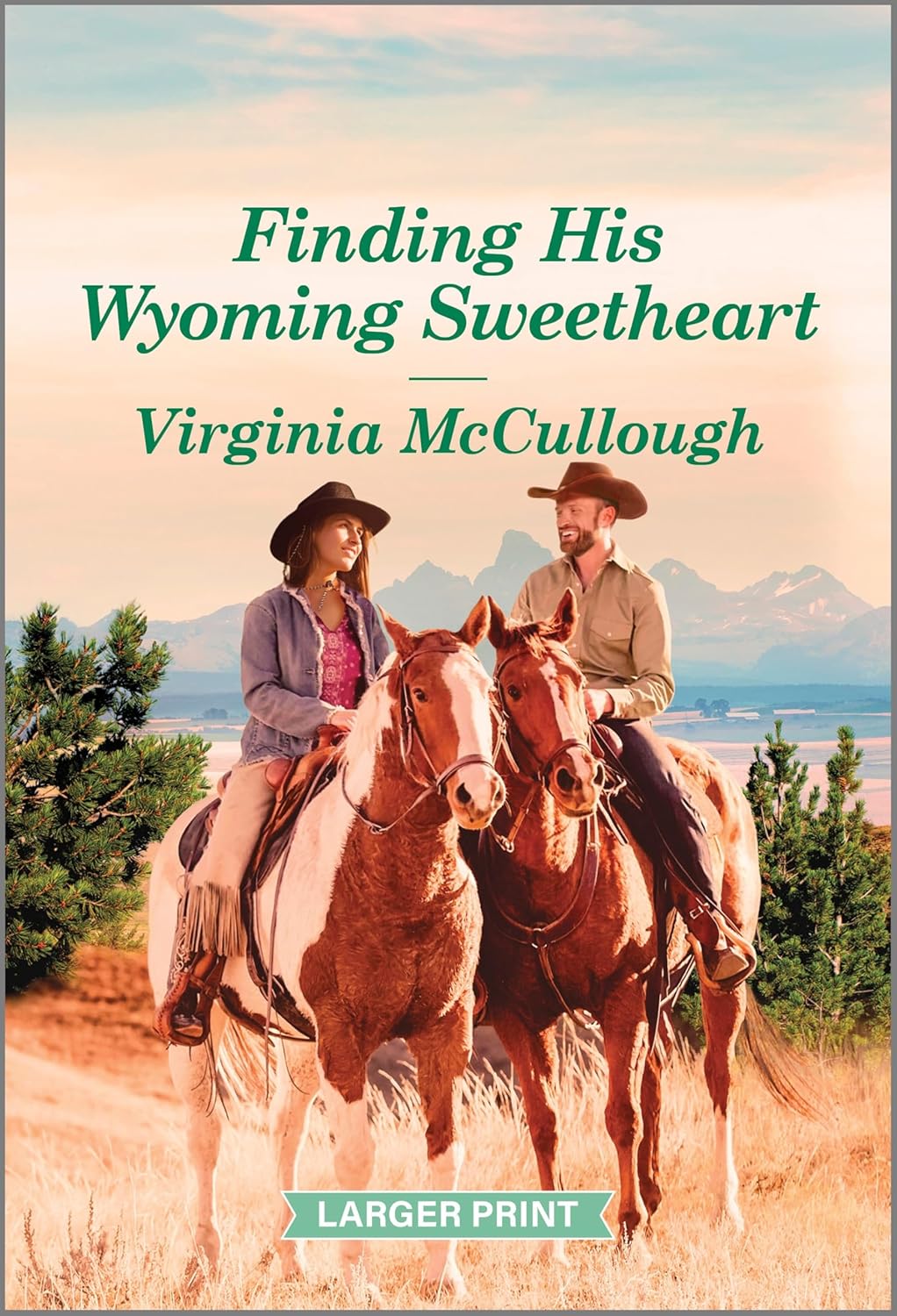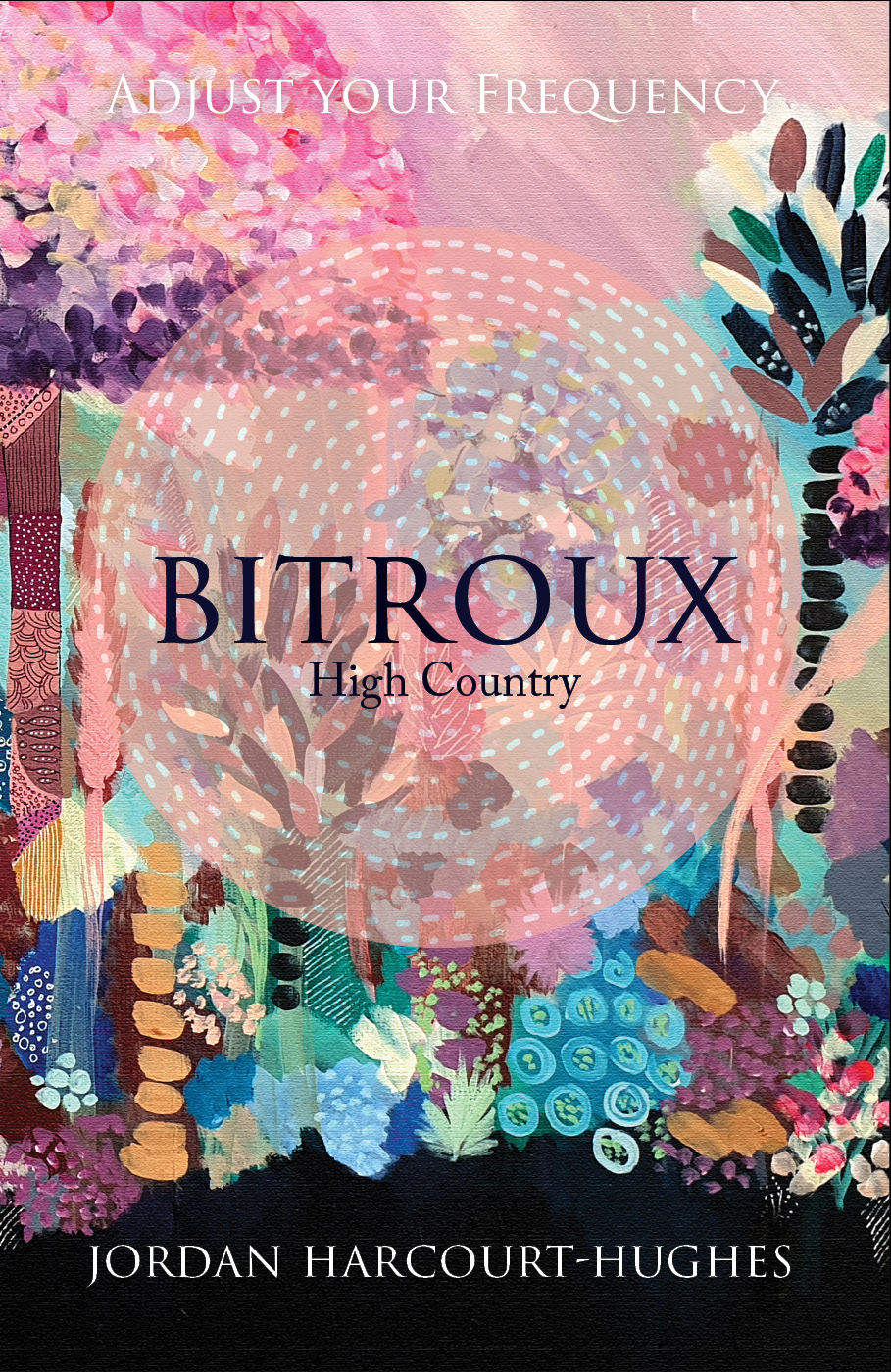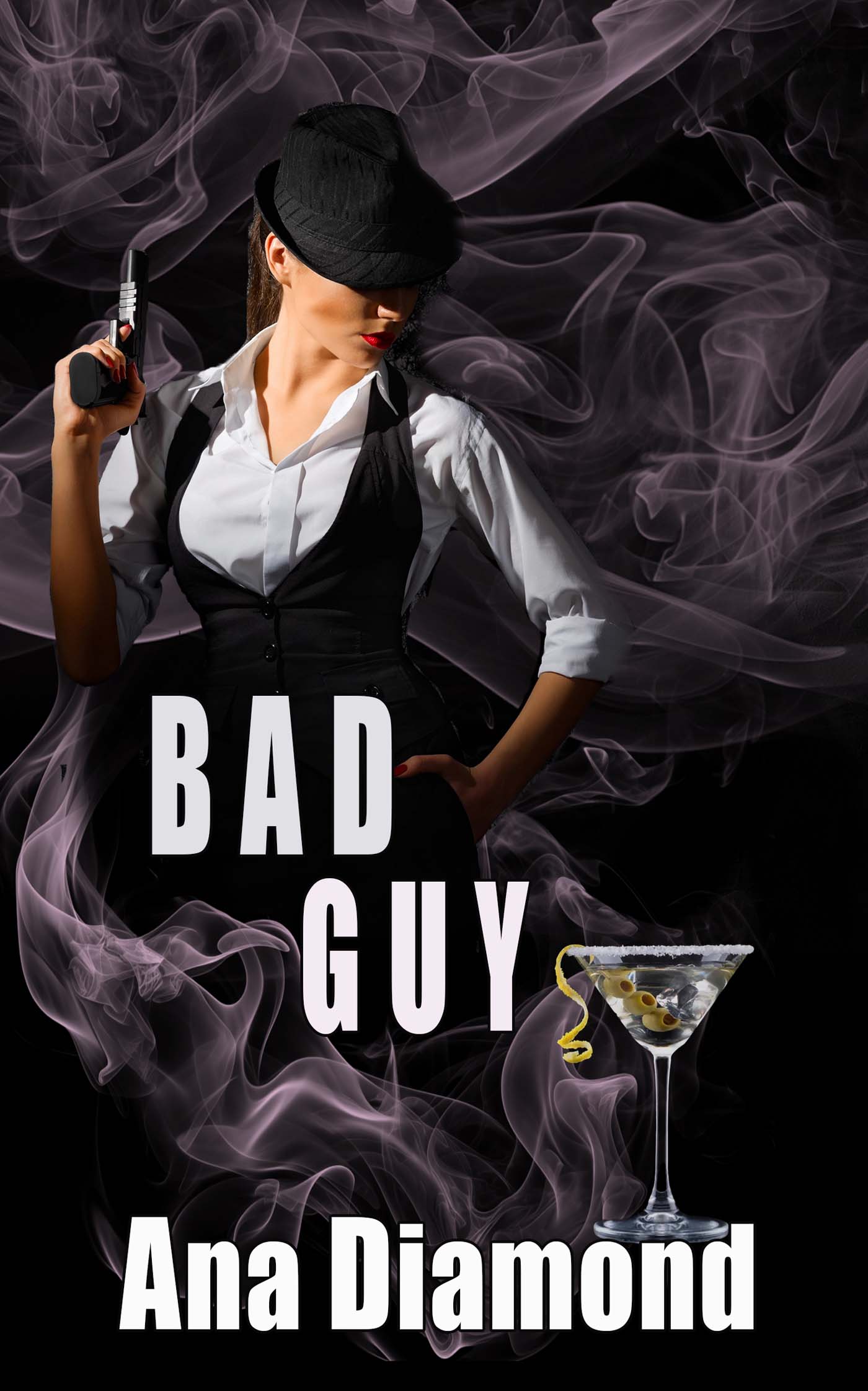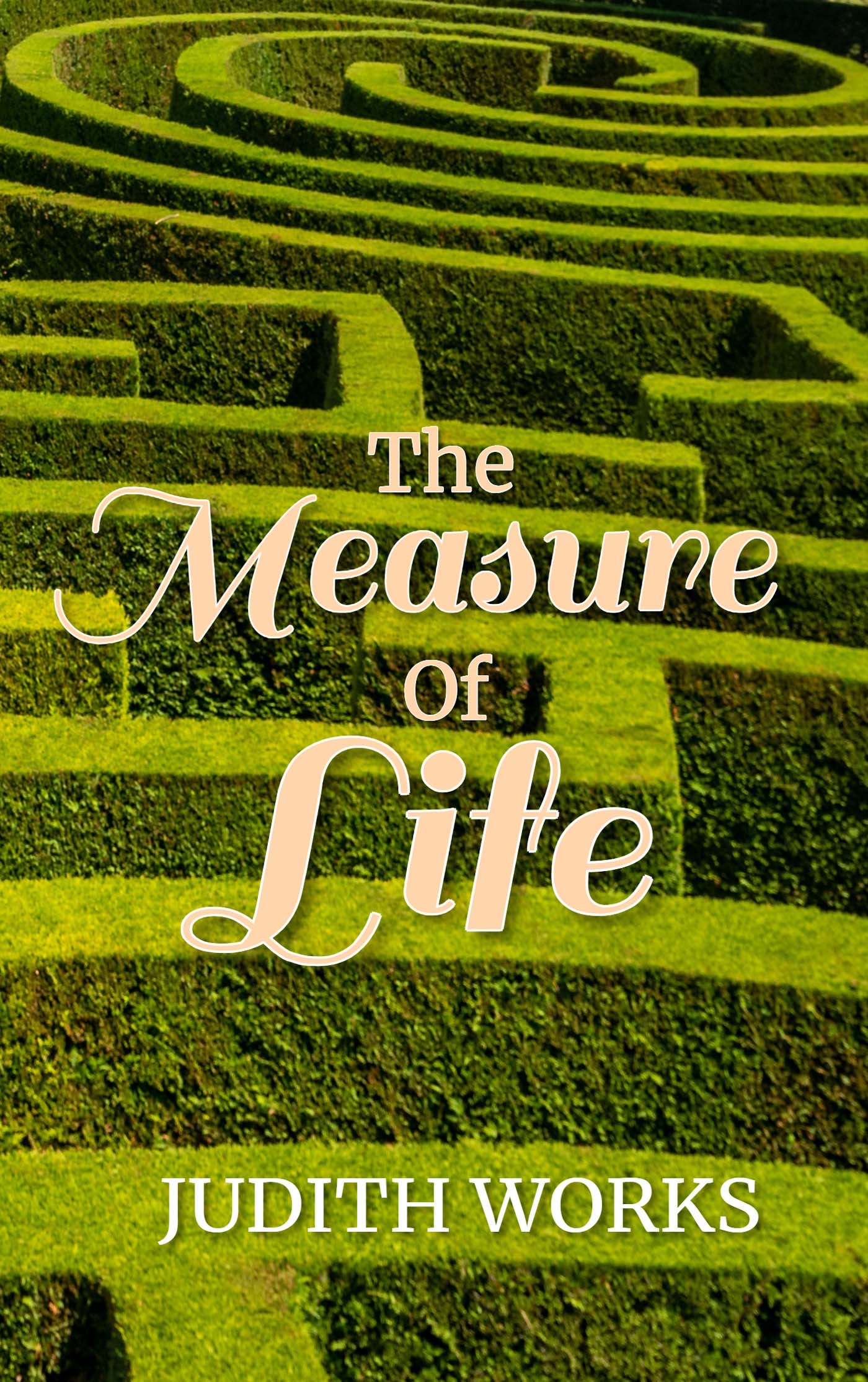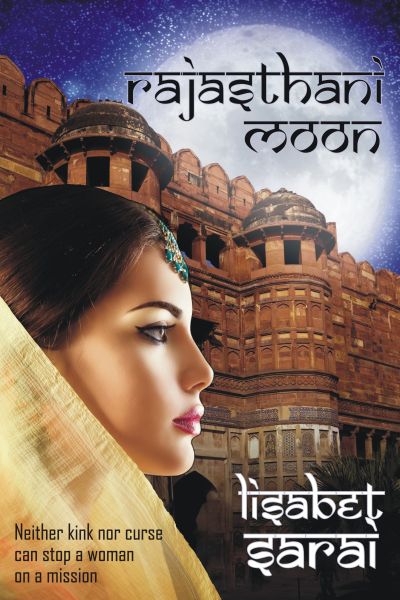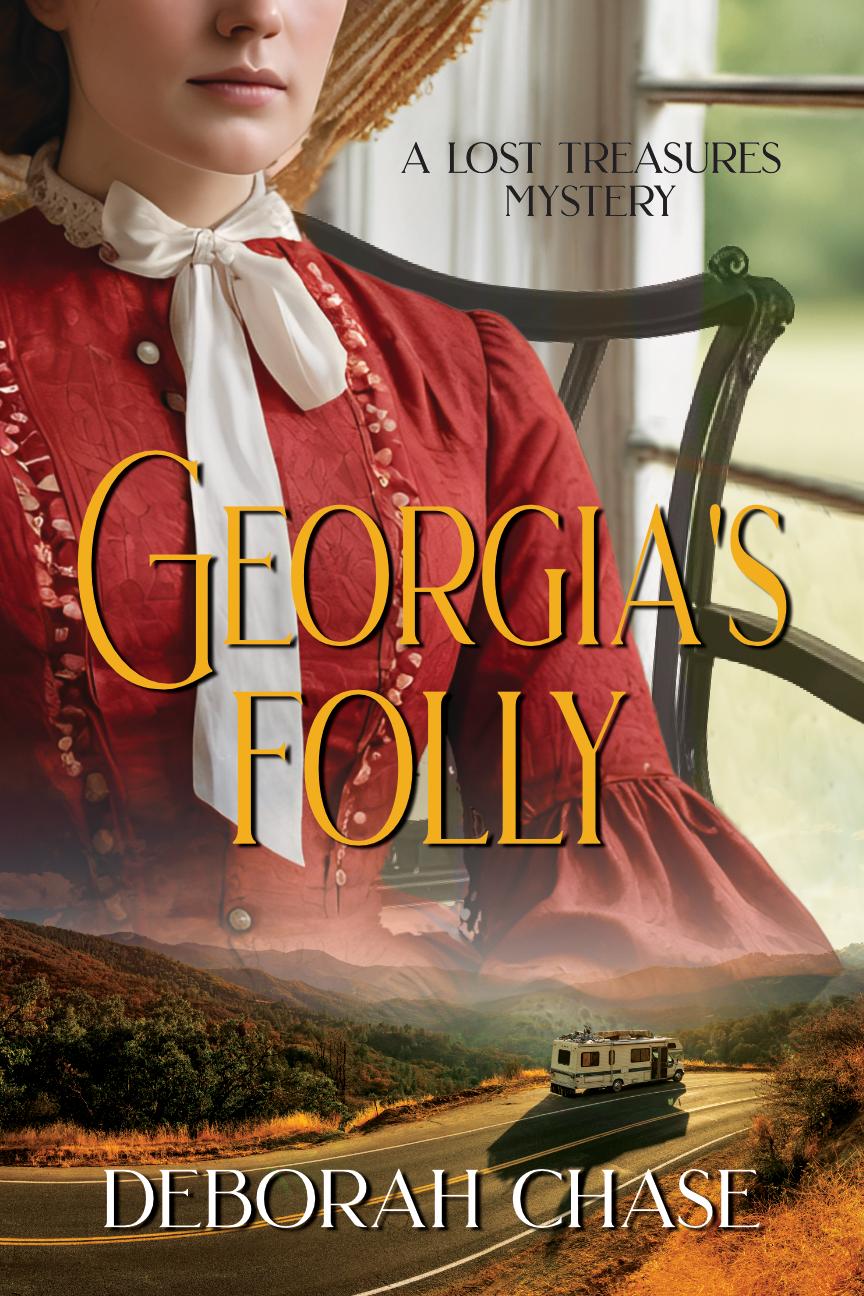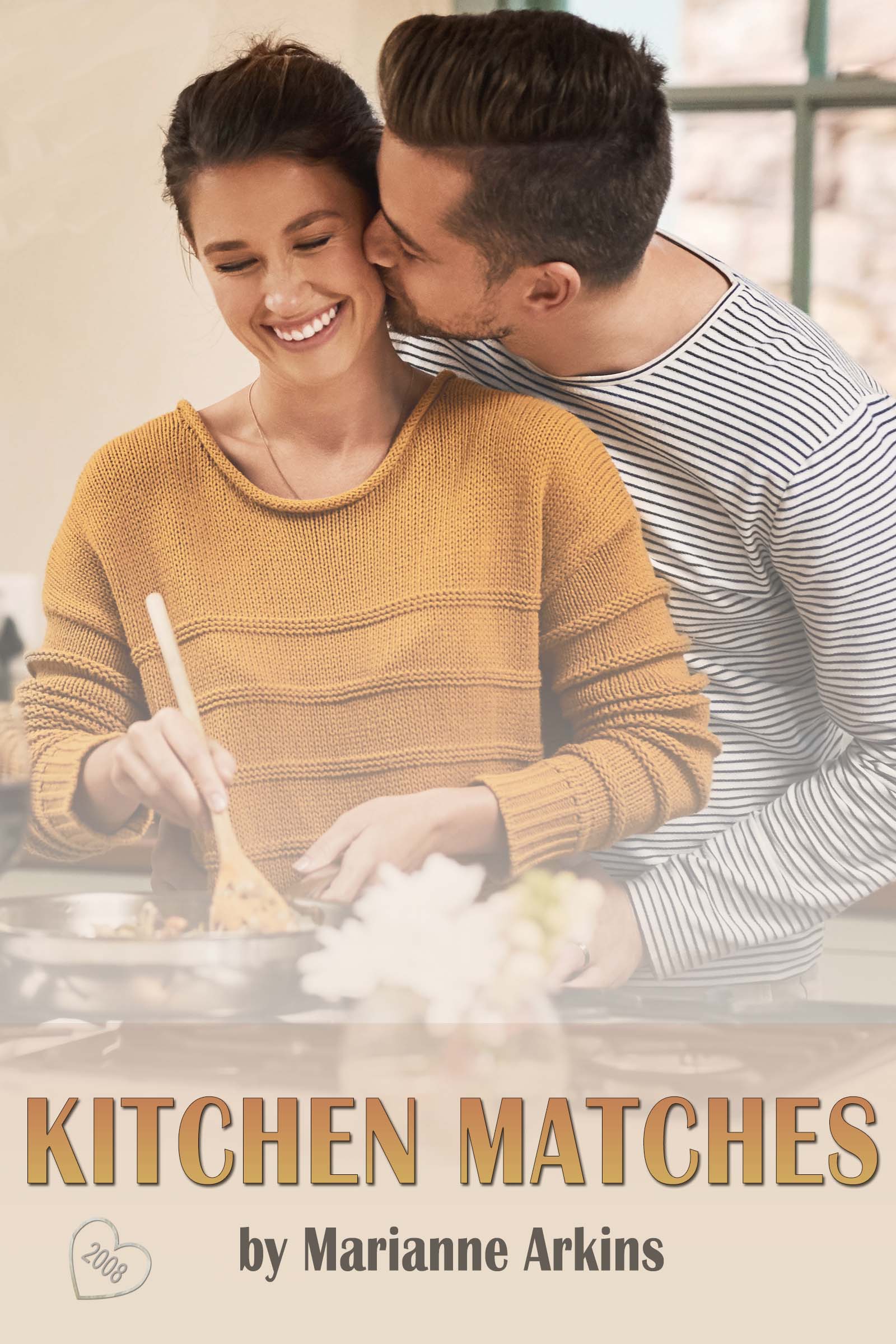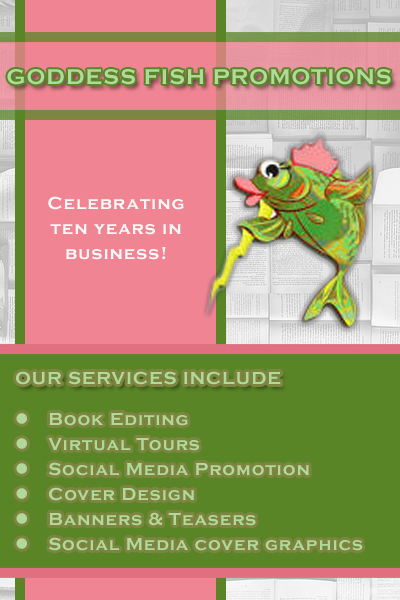Alice in Wonderland by Lena Heide-Brennand
Publisher: Brennand Books
Genre: Young Adult (14 – 18 y.o.), Middle Grade (8 – 12 y.o.), Sci-Fi/Fantasy, Historical
Rating: 3 Stars
Reviewed by AstilbeLena Heide-Brennand’s dark and poetic interpretation of Lewis Carroll’s “Alice in Wonderland” is an enchanting and captivating one where Alice’s dreams take a rhythmic and playful form. In this adaptation, Heide-Brennand has seamlessly blended the atmospheric visuals from the 1915 film version with her own unique mixed media artworks. These original artworks transport us into a world of dark and gothic beauty, infused with steampunk Victorian vibes and a subtle touch of horror undertones. The result is a visually stunning experience that sets the mood for a darker and more mysterious atmosphere, capturing the essence of Alice’s strange and twisted dreams.
One of the most fascinating aspects of Heide-Brennand’s version is the poetic narrative style. Alice in Wonderland unfolds as a 112-page long poem, where every line is meticulously crafted with end rhymes. This poetic form not only pays homage to the original story, first published in 1865, but also adds a lyrical touch that enhances the enchantment of Alice’s magical journey. However, be prepared for a departure from the traditional children’s versions of Alice’s adventures. In Heide-Brennand’s adaptation, Alice’s dreams take her through scenes and encounters that are far more eerie and dark. The artist delves deep into the recesses of Alice’s imagination, exploring the hidden depths of her subconscious, and visually bringing forth characters and settings that are both mesmerizing and haunting. As you turn the pages you will encounter twisted versions of familiar characters like the Cheshire Cat, the Queen of Hearts, and the Hatter. These iconic figures, rendered through Heide-Brennand’s unique artistic lens, take on a new life and add layers of complexity to their personalities.
Prepare to be enthralled by the interplay of light and shadow, and the subtle nuances that breathe life into each character. The dark and scenic mixed media artworks that accompany the poetic narrative serve as windows into Alice’s psyche. With each turn of the page, you will be transported to eerie landscapes, mysterious forests, and intricate settings that mirror the intricacies of Alice’s mind. The detailed craftsmanship and the rich colour palette create a visual feast for the eyes, immersing you in a world that is simultaneously beautiful and foreboding.
Who wouldn’t want to follow a rabbit and go on an adventure?
I appreciated the way the author emphasized the horror themes in this tale. The original was much more subtle about that aspect of Alice’s adventure, but it was an important part of the storyline that made the whimsical scenes even better when everything was mixed together. This was a good introduction to horror for readers who might not be very familiar with that genre yet. It was frightening without ever crossing the line into something gory.
While I know that the author was following a specific meter and rhyme scheme, it would have been helpful to have more descriptions included in this poem. There were times when I would have been confused about what just happened if I wasn’t already familiar with the original Alice in Wonderland, and other scenes remained fuzzy even after that. This dampened my enthusiasm for something I otherwise enjoyed quite a bit.
The puns and wordplay made me smile. I was glad to see that this aspect of the plot was left intact as it is one of the many reasons why this story is such a classic and appeals to people of all ages. Some of these jokes will be more meaningful to adult readers, of course, but all of them can be explained easily for younger folks who want to understand why a certain word or phrase is so funny.
Alice in Wonderland was a creative retelling of the old classic by the same name.
